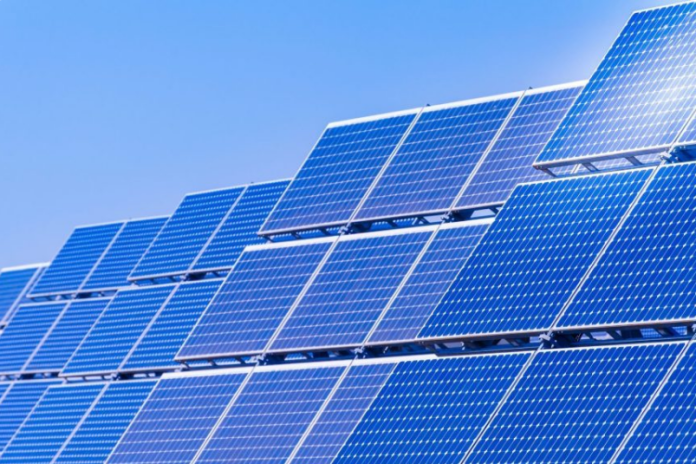DUP MP Sammy Wilson has tweeted: “The UK has had to start coal fired generators during this heatwave because the sun is too strong and solar panels have had to be taken offline.”
This isn’t true.
While it’s correct that solar panels are less efficient at hot temperatures, this reduction is relatively small, and was not the main reason for firing up coal power stations.
We spoke to Mr Wilson, who confirmed that the article he had read said that there was a “severe” fall in output, not that the panels had to be taken offline.
According to Solar Energy UK, solar panel performance falls by 0.34 percentage points for every degree that the temperature rises above 25C.
It also said that the longer days and clearer skies mean solar power generates much more electricity during the summer, even if the efficiency falls.
On Monday 12 June, coal power was used for the first time in 46 days, but solar power still generated around one-fifth of the UK’s electricity during the middle part of the day.
Output from solar power was down by nearly a quarter last weekend compared with the weekend before – but it still generated a considerable amount of electricity.
Overall, over the past seven days, solar power contributed 9.2% to the UK’s electricity. That compares with 4.3% for the whole of 2022, so it has been generating more electricity than average in the past week, as you’d expect in the summer.
A number of other factors explain coal power stations being briefly restarted:
- The hot temperatures increased demand for electricity from air conditioning
- It was less windy so less electricity was generated by wind farms than usual
- Maintenance on gas power stations meant less natural gas could be used
- The electricity interconnectors between the UK and Norway had lower capacity due to a technical fault, so less electricity could be imported.
The government’s independent advisers, the Climate Change Committee, said in March that more would need to be done to prepare the UK for periods when the wind isn’t blowing and the sun isn’t shining.
It suggested this could be done without emitting greenhouse gases, by investing in hydrogen and carbon capture for example.
The government has committed to generating all electricity from clean sources by 2035, as a key step towards its overall net zero by 2050 target.






